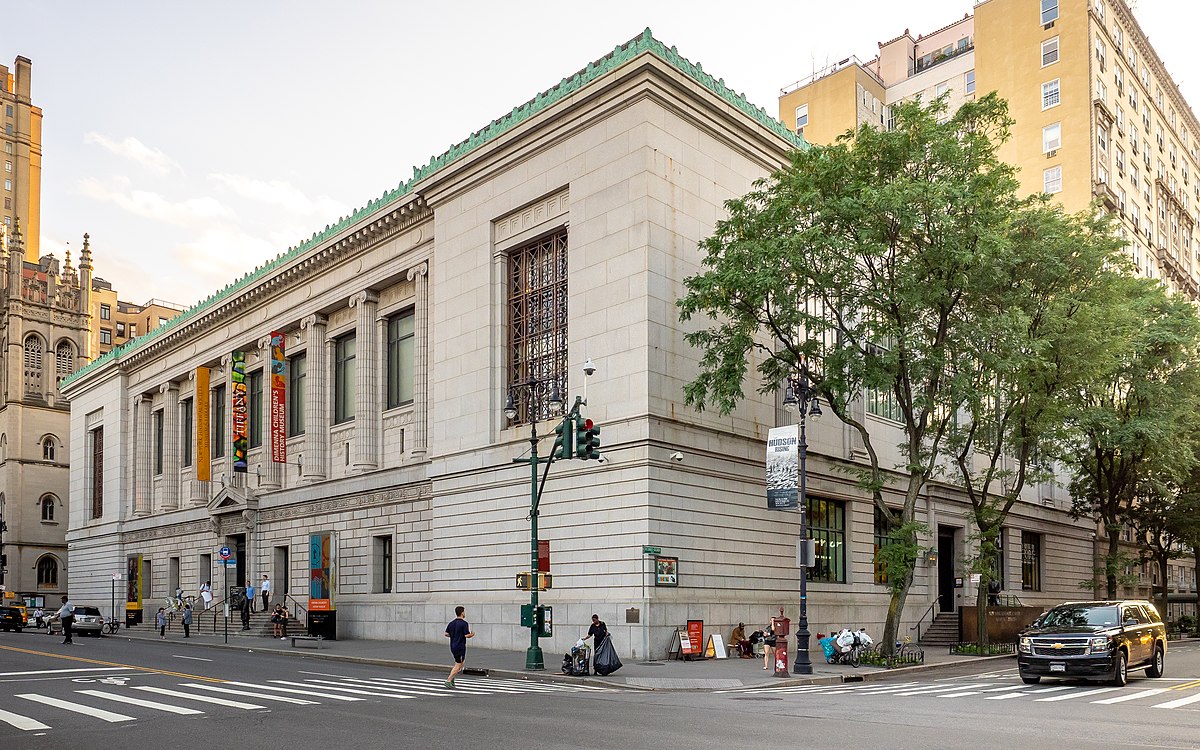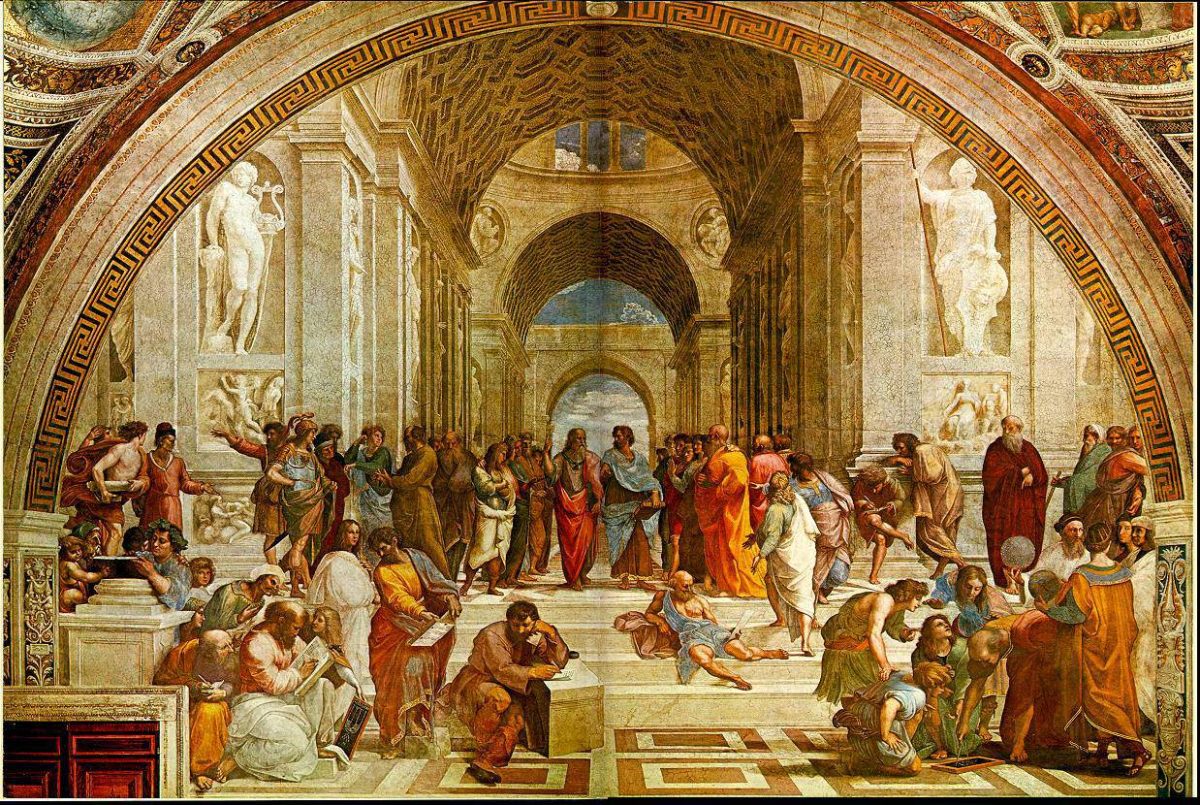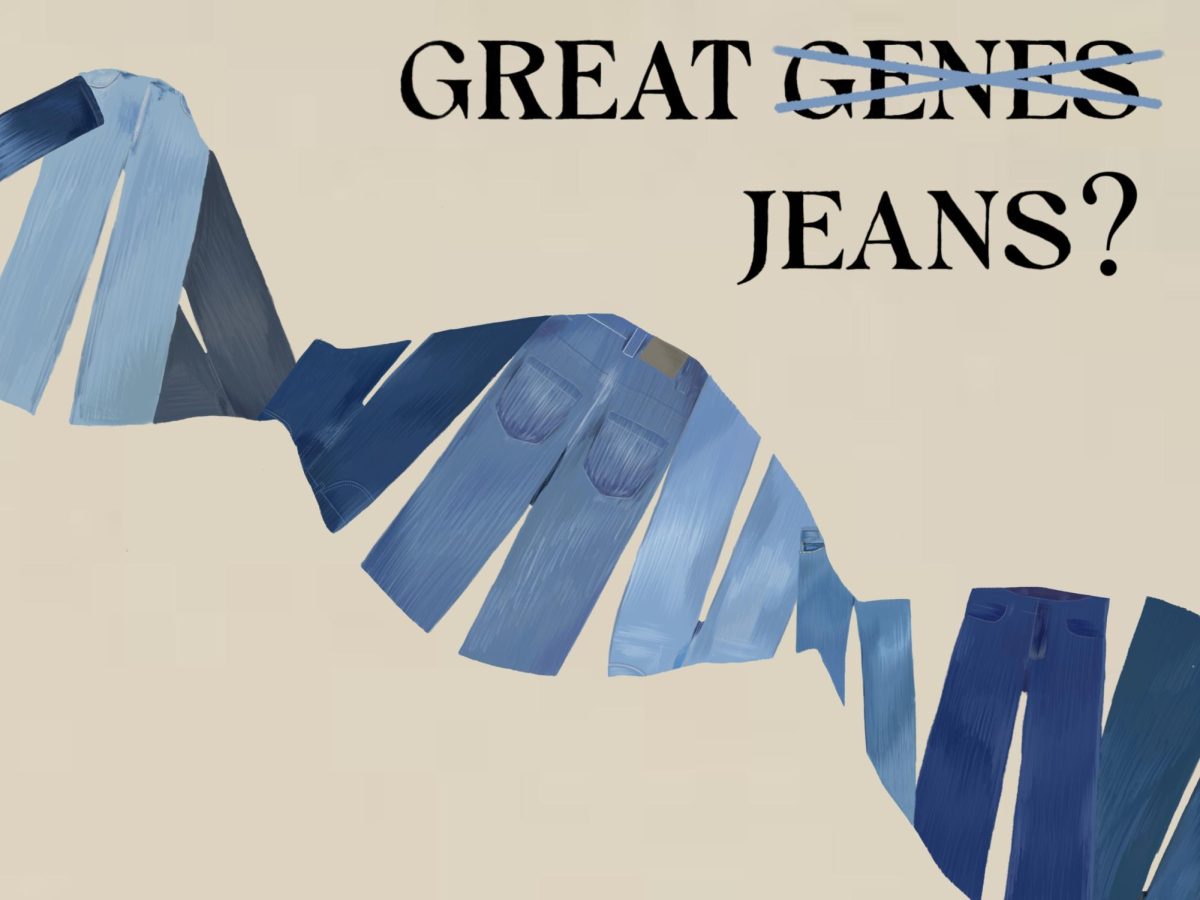The New York Historical Society is one of the oldest cultural institutions in the world and proudly stands as New York’s first museum. It is dedicated to exploring and preserving the history of New York and America through their vast collection of exhibitions and programs. Such collections include a wide array of artifacts, paintings, photographs, manuscripts, and more.
Exhibitions feature objects originating from historical events such as the Civil War and the American Revolution, highlighting their impact on American and New York culture. The museum is also committed to highlighting conversations beyond New York’s history, stretching toward broader issues in American society.
As an epicenter of knowledge and culture in New York, the museum must keep up with the social and political changes happening around them. As part of their broader modernization effort, and aligning with their $175 million expansion project, The New York Historical Society has changed its name to The New York Historical and has added a new wing to its museum called the Tang Wing for American Democracy.
The new wing is named after Oscar Tang and Agnes Hsu-Tang, a couple well known for their contributions to arts and cultural institutions. They have donated $125 million to fund the Metropolitan Museum of Art’s Modern wing renovation and demonstrated current support of The New York Historical’s expansion with a $20 million donation.
The new wing, set to open in 2026, will house the American LGBTQ+ Museum with galleries and a rooftop garden. The wing will also include the Academy for American Democracy program, aimed at teaching civil engagement to New York City sixth-graders, along with other new educational and exhibition spaces for visitors and their families to enjoy.
The wing is unwavering in its mission to reflect the Tang’s and the institution’s desire to create inclusive cultural spaces that foster a sense of community among different groups of people.
The institution’s name change adds an additional element of progressive transformation as it strives to appear more welcoming to a broader audience. The New York Historical chose to drop the word “society” from their name to avoid being viewed as exclusive. They want to be a better representative of the city’s diverse community and more open to the public.
All of The New York Historical’s changes seem immensely promising. American history has not always been presented in ways that are inclusive to marginalized groups of people, which is an issue that is prevalent in today’s schools and other notable cultural institutions.
The New York Historical’s efforts to become more inclusive to New York’s incredibly diverse population may help spearhead similar efforts in other powerful organizations.








